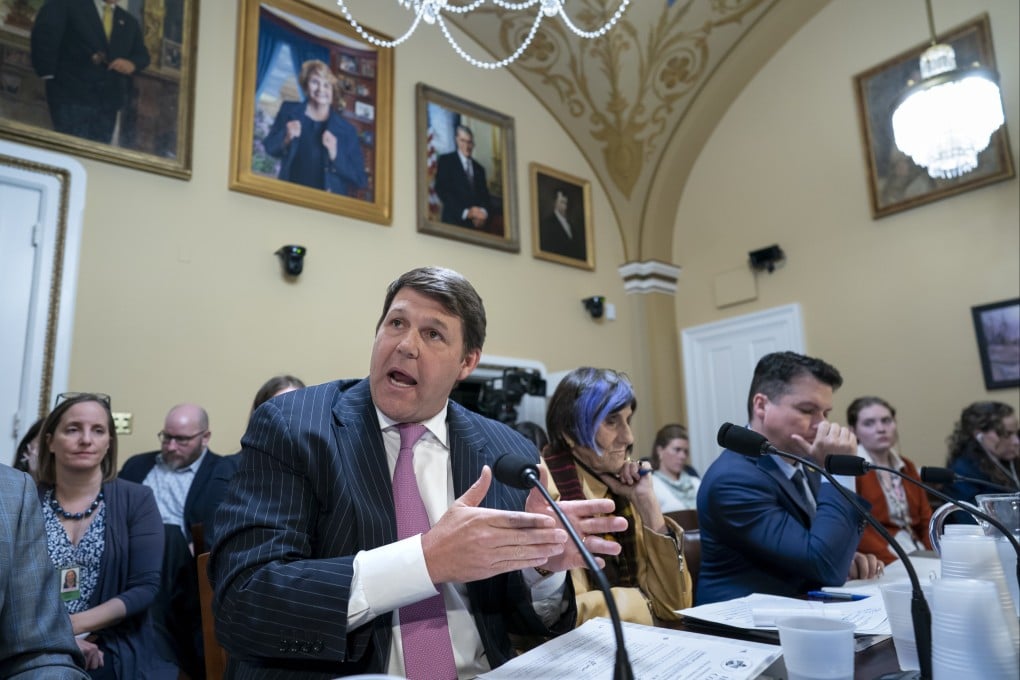Macroscope | US politicians will raise the debt ceiling, but will they get the timing right?
- Lower-than-expected tax revenues have pushed the so-called X-date to as early as June, by which time the US must agree on a deal to raise the limit or face default
- Both Republicans and Democrats will do what is needed, but the risk is that they may misjudge the timing amid negotiations to get the most from the other

Initially, the drawing down of the Treasury General Account (the federal government’s operational account at the Federal Reserve) and the exercising of “extraordinary measures” (such as redeeming/suspending federal investments in several health and retirement funds) were estimated to provide around US$920 billion – enough to meet obligations through to June.
However, with this year’s tax revenues being lower than expected, the date at which the Treasury doesn’t have enough cash to cover its debt obligations may be moved forward – otherwise known as the X-date. Current tax filings are running 20 to 30 per cent lower compared to the same point last year.
This means an agreement to raise the ceiling needs to be reached within the next two months to avoid a technical Treasury default.
In the wake of these concerns, Republican Speaker of the House Kevin McCarthy introduced the Limit, Save, and Grow Act of 2023 last week. The bill proposes to raise the current debt ceiling by US$1.5 trillion, or suspend it through to March 31, 2024, whichever comes first, while proposing US$4.5 trillion in savings from key Biden administration priorities.

